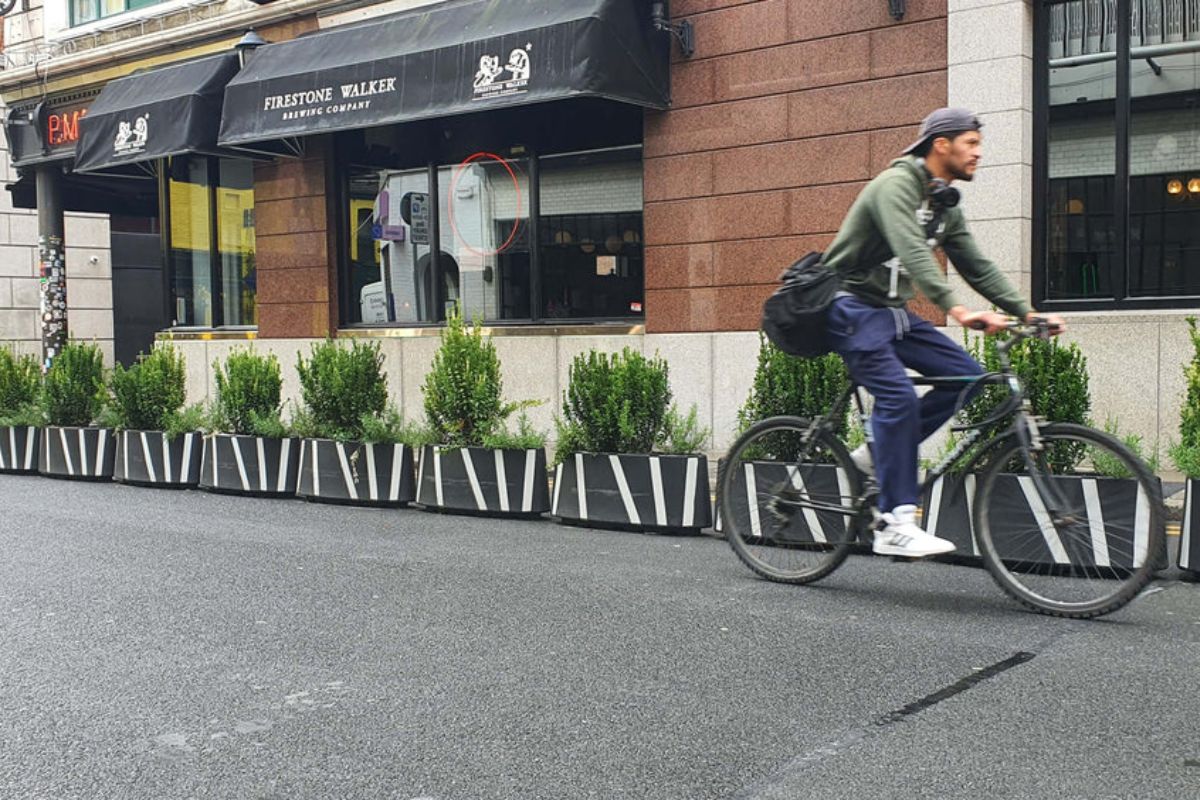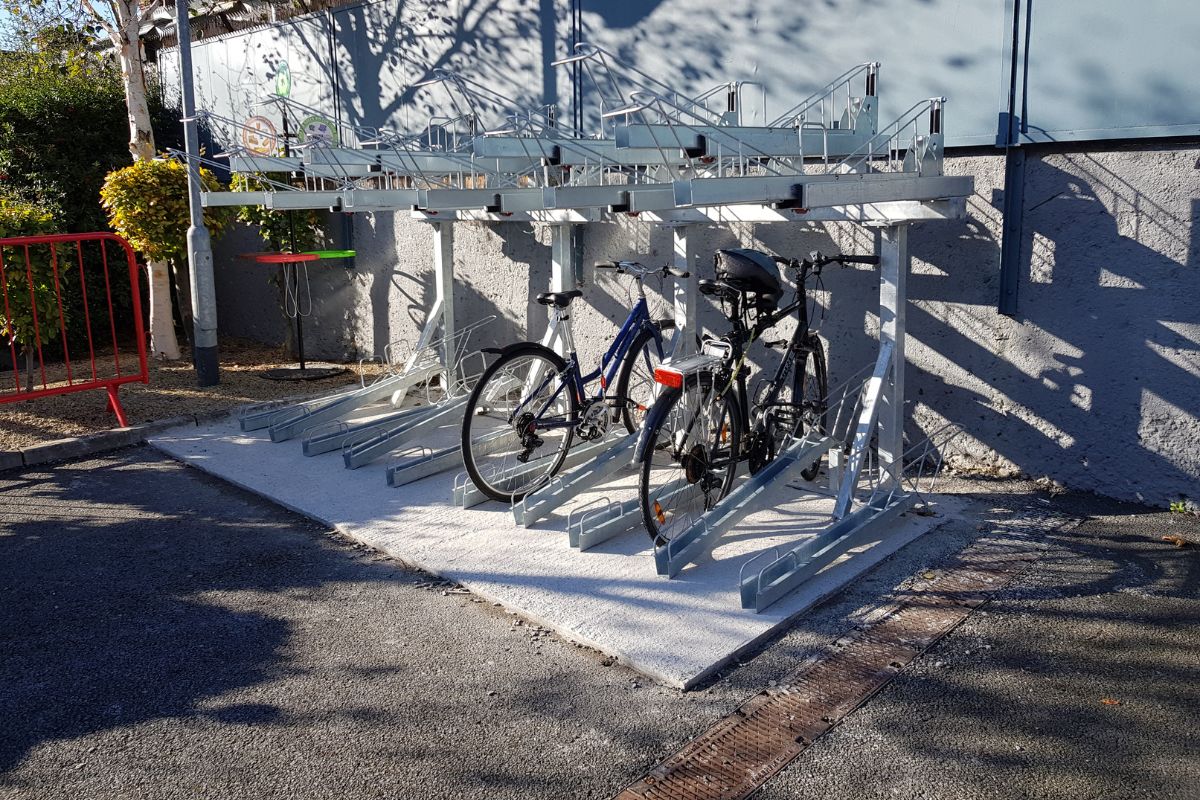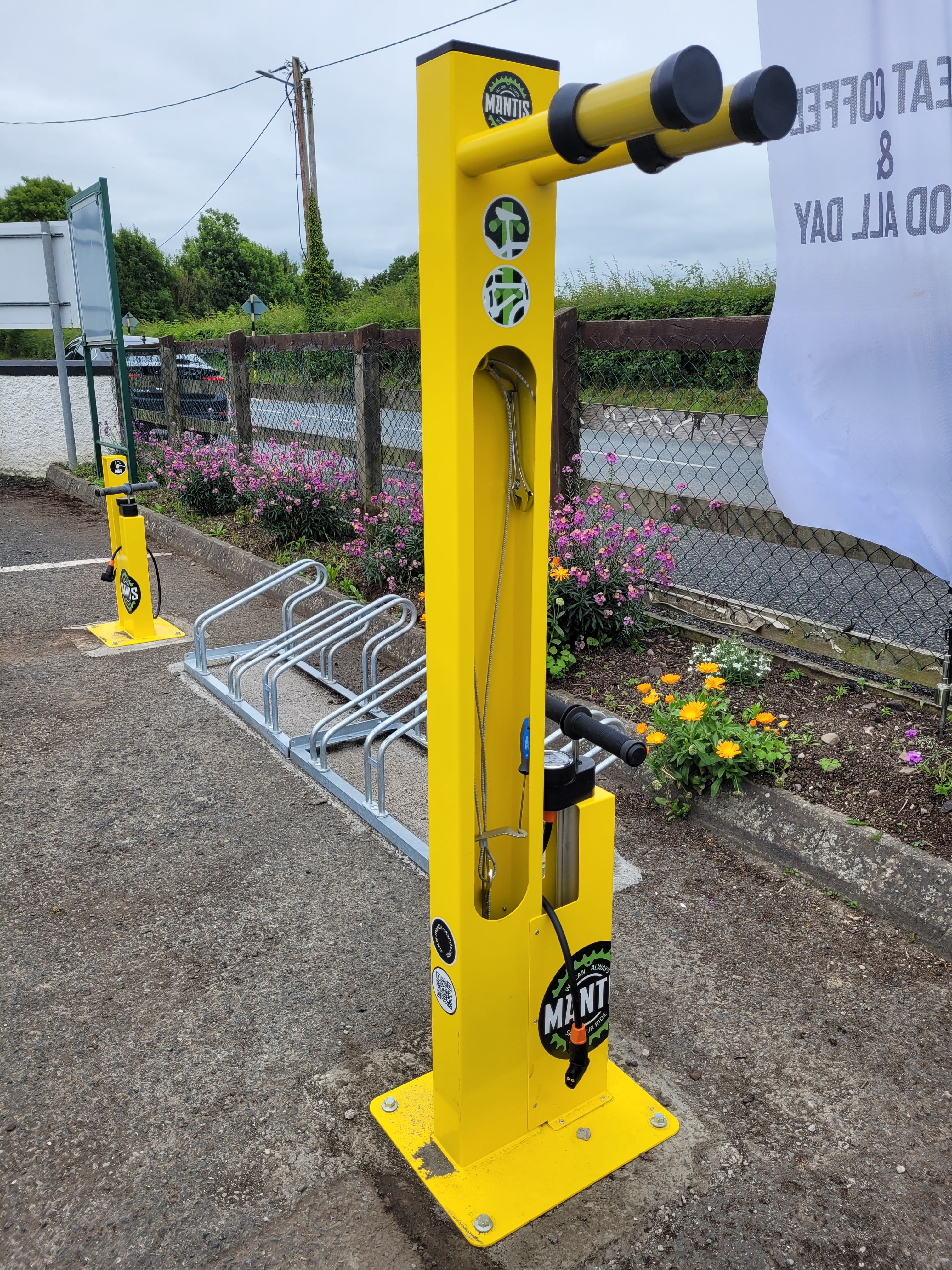Creating a Cycle-Friendly Workplace for Employees
As more businesses encourage sustainable commuting, offering high-quality bicycle parking is becoming essential. For employees who choose to cycle to work, business owners must provide secure, accessible, and convenient bike storage. This not only supports eco-friendly initiatives but also boosts employee satisfaction and positions companies as forward-thinking and employee-focused.
With the Cycle to Work scheme and growing active travel networks, cycling to work is becoming easier and more efficient. Towns and cities are investing in better cycling infrastructure, making cycling to work safer than ever.
Investing in workplace cycling infrastructure is more than a sustainability gesture. It’s a strategic move that benefits employees, businesses, and the environment. Whether you’re considering bike racks, shelters, repair stations, or advocating for local cycle lanes, these changes can make a significant impact.
Key Benefits of Cycling Infrastructure in the Workplace
Reduce Your Carbon Footprint
As climate change takes centre stage, businesses are under pressure to reduce their environmental impact. Supporting cycling is an effective way to lower your organisation's carbon footprint.
- Zero Emissions: Unlike cars, bikes produce no emissions. Even if only part of your workforce cycles, the reduction in greenhouse gases is significant.
- Corporate Responsibility: Consumers and clients increasingly value businesses that show environmental responsibility. Promoting cycling enhances your brand image by demonstrating a commitment to sustainability.

Happier, Healthier Staff
Cycling to work offers physical and mental health benefits. Encouraging cycling can enhance employee wellbeing, leading to a more engaged and productive workforce.
- Physical Health: Cycling is a low-impact exercise that improves health and endurance. Employees who cycle to work often arrive more alert and energised.
- Mental Health: Regular physical activity like cycling can reduce stress, anxiety, and depression. Studies show that cyclists report feeling happier than those who commute by car or public transport.
Space-Saving
Cycling infrastructure offers space-saving benefits, particularly for businesses in urban areas where space and parking are at a premium.
- Efficient Use of Space: Bikes require far less space than cars. While a single car parking space accommodates one vehicle, it can hold multiple bikes, which is valuable for urban offices.
- Lower Parking Costs: Reducing the need for car parking can lead to savings in construction and maintenance. Freed-up space can be repurposed for other uses.
Creating Better Bicycle Parking for Employees
Thankfully, there are several ways to create or improve bike parking facilities to encourage cycling.

Secure and Accessible Bike Racks
Bike racks are the foundation of any bicycle parking area. To provide a better experience for cyclists, consider:
- Number of Cyclists: The number of cyclists will determine the type and size of bike racks needed. Single Sheffield-style bike hoops hold two bikes each, while larger racks can accommodate more. Don't forget that e-bikes are also becoming more common - consider installing bike racks with built in charging ports to accomodate e-bikes.
- Available Space: Two-tier bike racks and semi-vertical bike racks maximise storage in limited spaces. They are ideal for large facilities where they can make use of overhead space. Ensure that the space is suitable for the bike rack type and that you are getting the most out of the space.
- Secure Designs: Choose racks that lock bikes by the frame for added security. Bike parking facilities built into premises may already have good security, offering more rack options.
- Convenient Placement: Place bike racks near building entrances or under shelters for cyclist convenience. Ensure racks are installed in well-lit and accessible locations.
Bike Shelters for Better Protection
Bike shelters provide extra protection from the weather and are a great addition to outdoor parking areas.
Weather Protection: Shelters protect bikes from rain, snow, and sun, reducing wear and tear. Employees will be thankful of their bikes remaining dry and protected while they are hard at work indoors!
Fully Enclosed Options: If you have the space and budget, consider secure bike shelters or compounds. These offer extra protection against theft as well as the weather. Lockable versions like the Calais Compact Secure Cycle Shelter are locked behind a mechanical digilock for the ultimate security in bike parking facilities.
Install a Bike Repair Station
A bike repair station is a small but valuable addition. Equipped with tools and a pump, it allows cyclists to fix minor issues like flat tyres with ease on site.
- Self-Service Convenience: Providing essential bike repair tools means employees can handle minor repairs like punctures without leaving work early or finding a bike shop. The Mantis Bike Repair Station, for example, includes a bike pump and up to 10 bike tools that can be easily accessed on site.
- Affordable to Maintain: Repair stations are relatively low maintenance and can be placed right next to your bike parking area. All tools are attached stainless steel wire to reduce tampering and vandalism, perfect for urban bike parking facilities.
Public Cycling Infrastructure
Beyond your workplace, consider the infrastructure around your premises. Is it cycle-friendly? Encourage local authorities to improve cycle lanes and signage, which can increase participation.
- Cycle Lanes: Dedicated lanes reduce the risk of accidents and make commuting safer. Cycle lane bollards and separators can help clearly mark lanes.
- Wayfinding: Clear signage directing cyclists to your building makes their commute easier and encourages more people to cycle.






